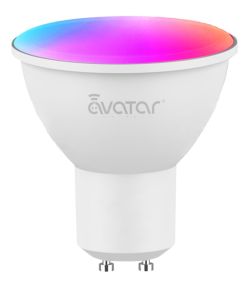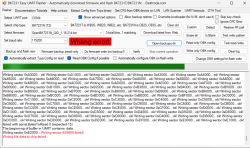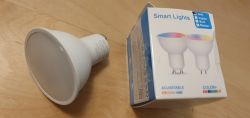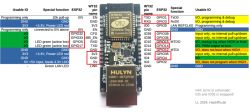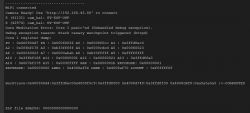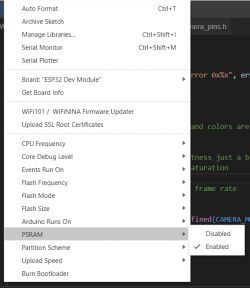Hello,
I have a problem with the image from an ArduCam OV2640 camera (exactly this one: https://botland.com.pl/kamery-do-arduino-i-raspberry-pi/6837-modul-kamery-arducam-ov2640-2mpx-1600x1200px-60fps-z-obiektywem-ls-4011-m12x05-5904422349790.html ).
I use a ready-made example in the Arduino IDE on the ESP32 (https://github.com/espressif/arduino-esp32/tree/master/libraries/ESP32/examples/Camera/CameraWebServer ).
The image is transmitted over Wi-Fi, with no jams or delays. The problem is the image where there is interference (black, blinking spots and horizontal lines).
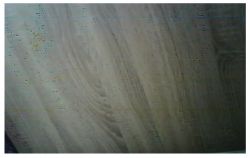 .
.
The ESP32 I am using is ESP32-DevKitC-VE (WROVER-E). The only thing that helps a little to reduce the interference is lowering the XCLK clock with a consequent drop in FPS, but it doesn't completely solve the problem.
The other issue is the resolution of the camera. It should work up to 1600 x 1200 and its max is 800×600 with a higher one the image does not display. Connecting the camera according to camera_pins.h (CAMERA_MODEL_WROVER_KIT) in the example program.
I'm looking for some suggestions, suggestions to solve the problems. I'm just starting to play with cameras and don't really grasp too much about certain issues yet. Thank you in advance for your reply.
I have a problem with the image from an ArduCam OV2640 camera (exactly this one: https://botland.com.pl/kamery-do-arduino-i-raspberry-pi/6837-modul-kamery-arducam-ov2640-2mpx-1600x1200px-60fps-z-obiektywem-ls-4011-m12x05-5904422349790.html ).
I use a ready-made example in the Arduino IDE on the ESP32 (https://github.com/espressif/arduino-esp32/tree/master/libraries/ESP32/examples/Camera/CameraWebServer ).
The image is transmitted over Wi-Fi, with no jams or delays. The problem is the image where there is interference (black, blinking spots and horizontal lines).
 .
.
The ESP32 I am using is ESP32-DevKitC-VE (WROVER-E). The only thing that helps a little to reduce the interference is lowering the XCLK clock with a consequent drop in FPS, but it doesn't completely solve the problem.
The other issue is the resolution of the camera. It should work up to 1600 x 1200 and its max is 800×600 with a higher one the image does not display. Connecting the camera according to camera_pins.h (CAMERA_MODEL_WROVER_KIT) in the example program.
I'm looking for some suggestions, suggestions to solve the problems. I'm just starting to play with cameras and don't really grasp too much about certain issues yet. Thank you in advance for your reply.



